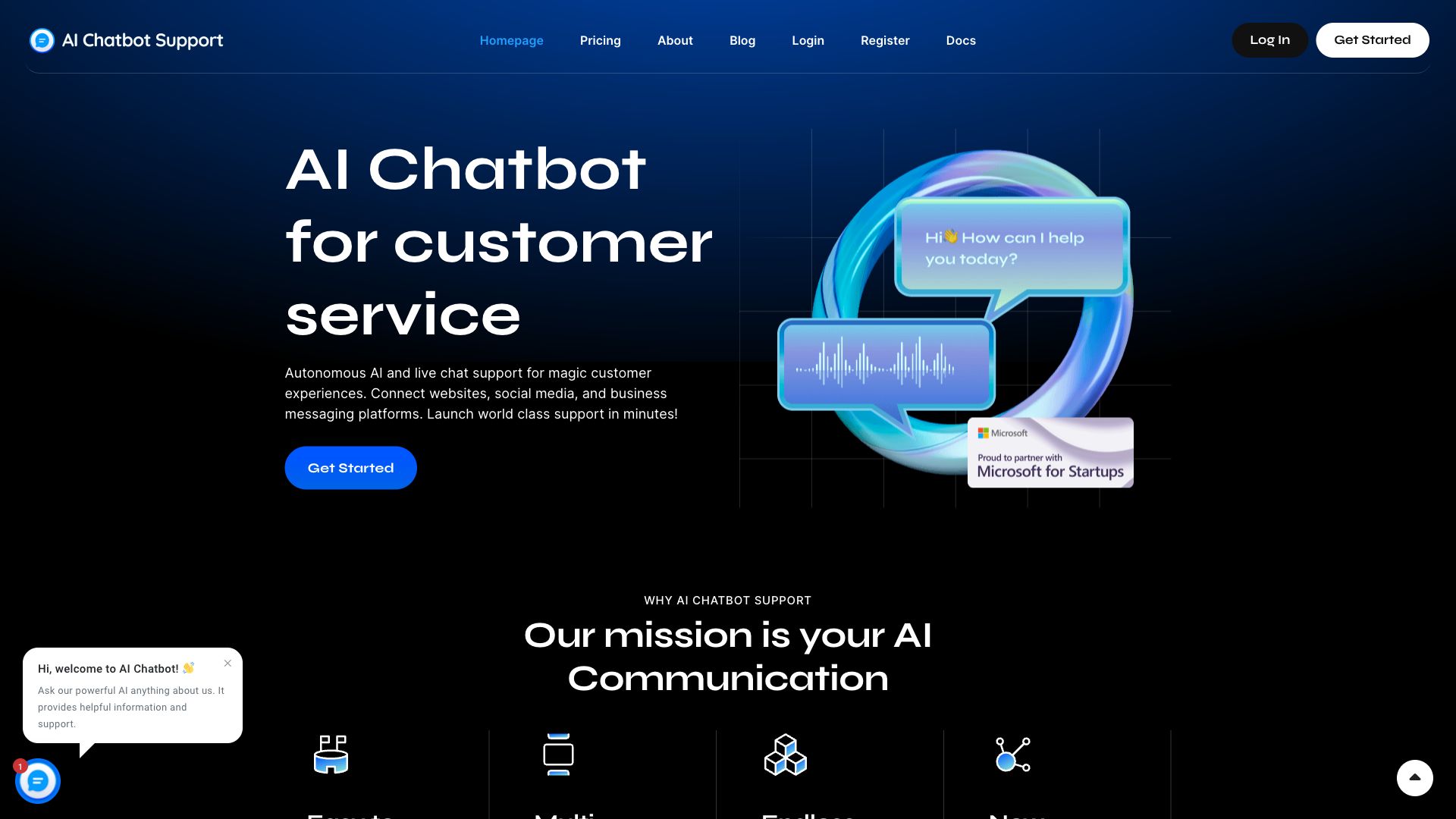Awesome AI Tutorial Tools in 2024
Discover the awesome 1 AI tools for 2024 By Candytools
Multi-platform AI Customer Support Chatbot and Dashboard for websites, social media and business messaging.
More AI Tools Categories
What is AI Tutorial?
An AI tutorial is an educational resource designed to teach individuals about Artificial Intelligence (AI). These tutorials come in various formats and cover a wide range of topics, catering to different skill levels and learning preferences.
Here's a breakdown of AI tutorials:
Types of AI Tutorials:
- Beginner Guides: These tutorials introduce fundamental concepts of AI, such as what AI is, its history, different subfields (machine learning, deep learning, natural language processing), and basic applications.
- Technical Tutorials: Focusing on practical implementation, these tutorials delve into specific AI algorithms, programming languages (Python, R), frameworks (TensorFlow, PyTorch), and tools used for building AI models.
- Application-Specific Tutorials: These tutorials focus on applying AI to specific domains, such as image recognition, natural language processing, robotics, or healthcare. They often include practical examples and case studies.
- Interactive Coding Tutorials: Platforms like Google Colab or Kaggle offer hands-on coding tutorials where learners can experiment with AI models, manipulate data, and build projects in a browser-based environment.
- Video Courses: Structured learning experiences often found on platforms like Coursera, edX, or Udemy, featuring video lectures, quizzes, assignments, and sometimes even personalized feedback.
What AI Tutorials Typically Cover:
- Core Concepts: Defining AI, types of AI, machine learning vs. deep learning, supervised vs. unsupervised learning.
- Algorithms and Techniques: Exploring common algorithms like linear regression, decision trees, support vector machines, neural networks, and natural language processing techniques.
- Programming Languages and Frameworks: Learning how to use languages like Python and R, and frameworks like TensorFlow, PyTorch, or scikit-learn for AI development.
- Data Handling and Preprocessing: Understanding how to clean, transform, and prepare data for AI model training.
- Model Building and Evaluation: Learning how to build, train, and evaluate AI models using various metrics.
- Real-World Applications: Exploring case studies and examples of how AI is used in different industries and applications.
Choosing the Right AI Tutorial:
- Your Current Skill Level: Are you a beginner, an experienced programmer, or somewhere in between?
- Learning Goals: What do you want to achieve? Build a specific application, learn a particular algorithm, or gain a general understanding of AI?
- Learning Style: Do you prefer video lectures, written guides, interactive coding exercises, or a combination of methods?
- Time Commitment: How much time are you willing to invest in learning AI?
Benefits of AI Tutorials:
- Accessibility: AI tutorials make learning about AI readily available to anyone with an internet connection.
- Structured Learning: They provide a structured and organized approach to learning complex concepts.
- Practical Skills: Many tutorials focus on hands-on skills, allowing you to build and experiment with AI models.
- Continual Updates: AI is a rapidly evolving field, and tutorials are often updated to reflect the latest advancements.
Whether you're a student, a professional, or simply curious about AI, there's an AI tutorial out there to guide you on your learning journey.
